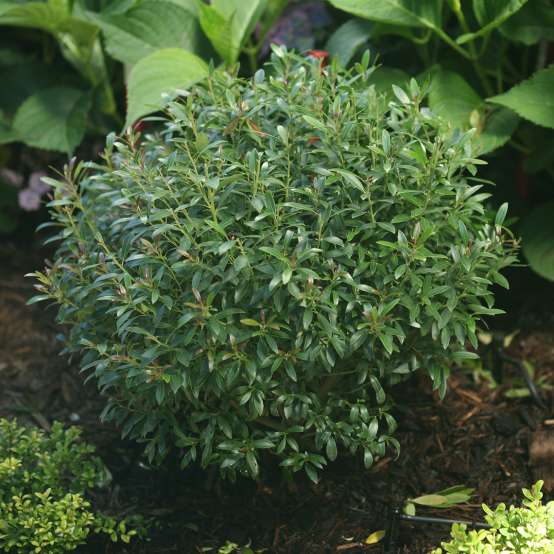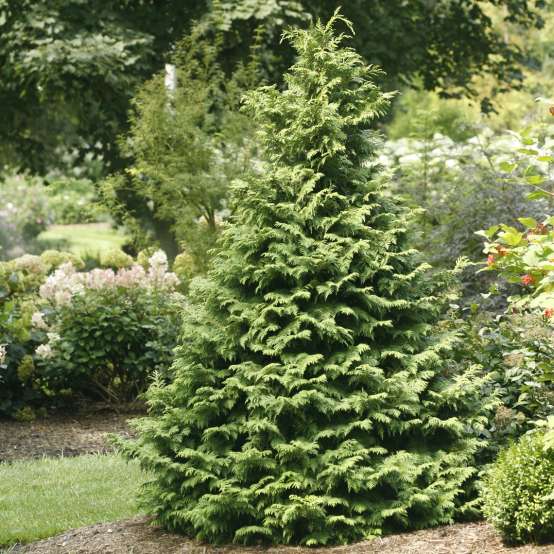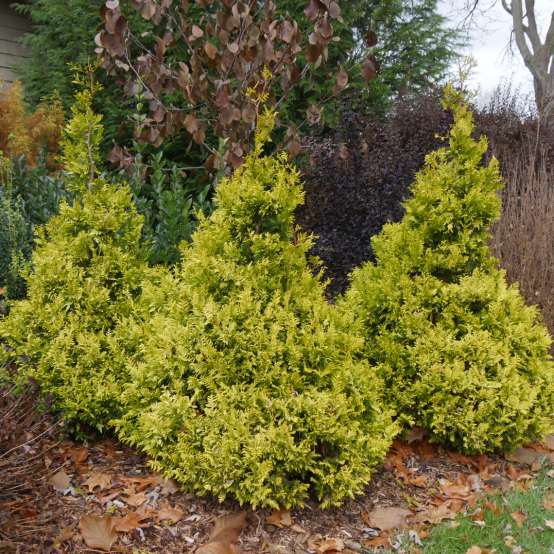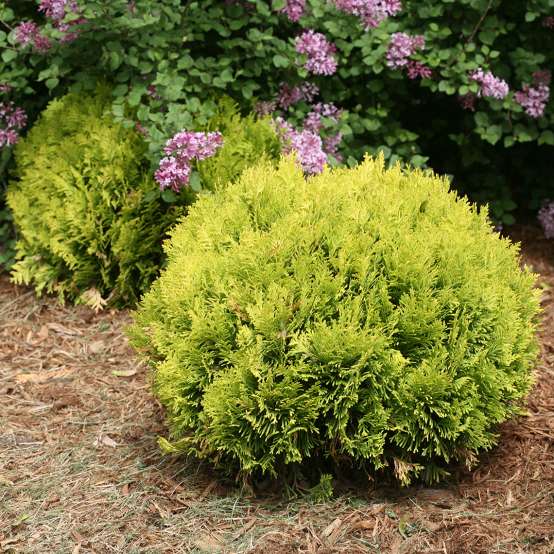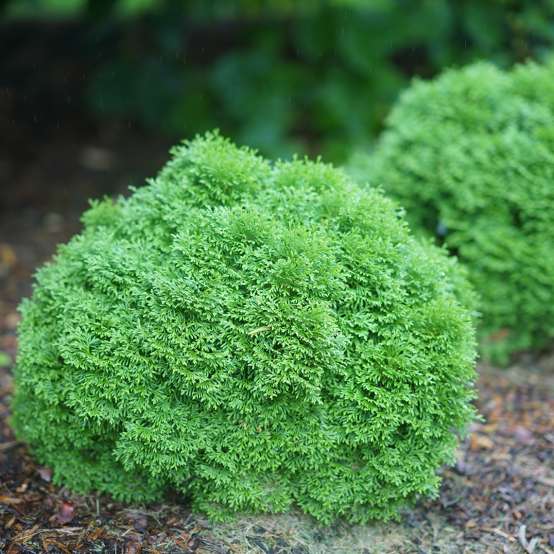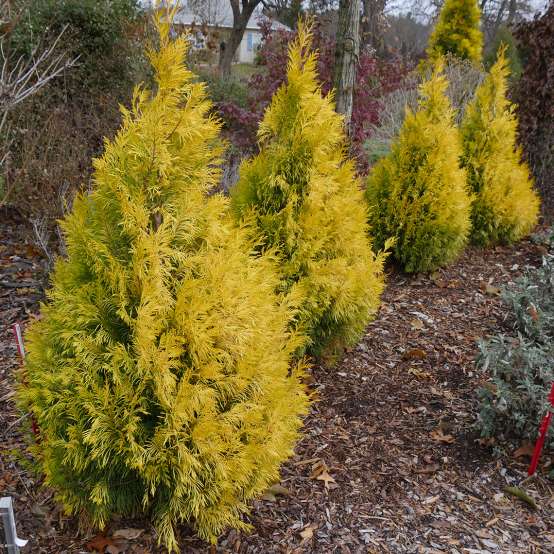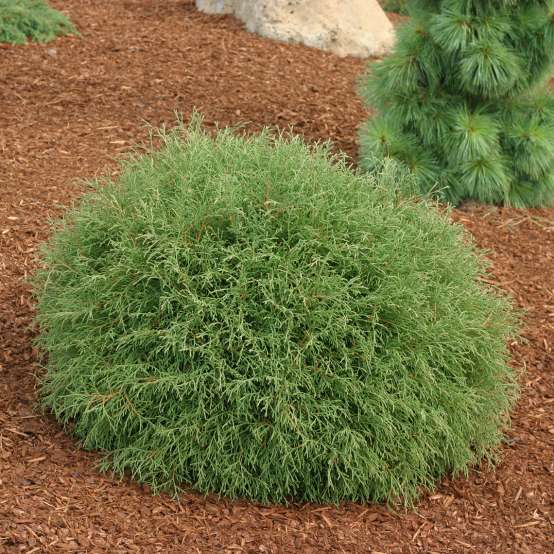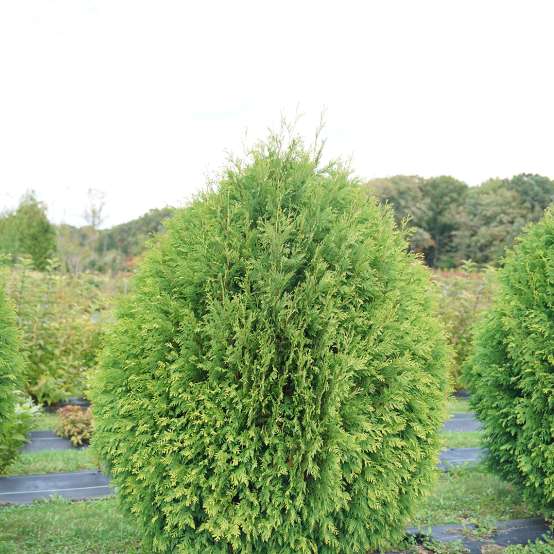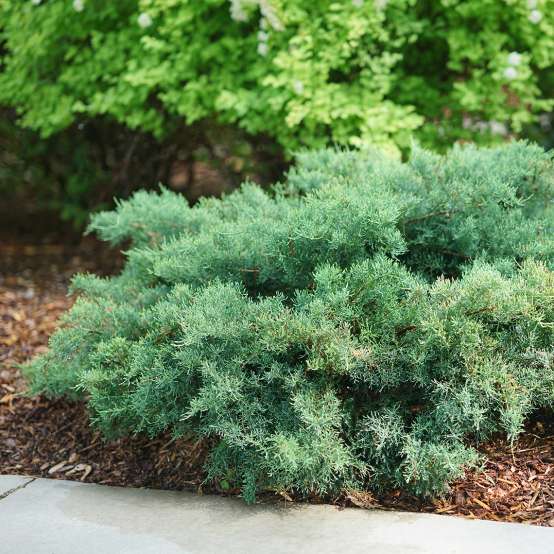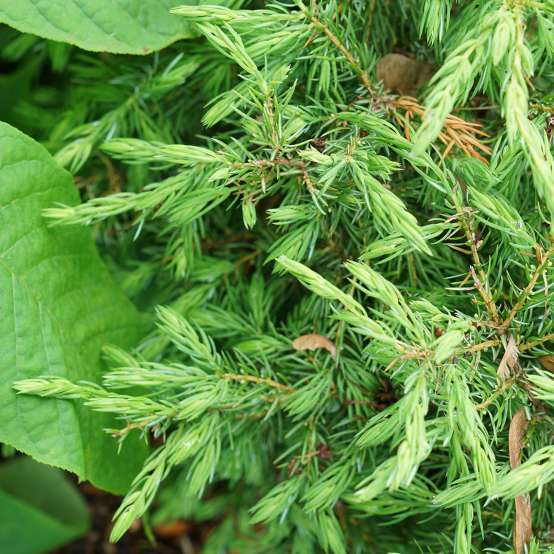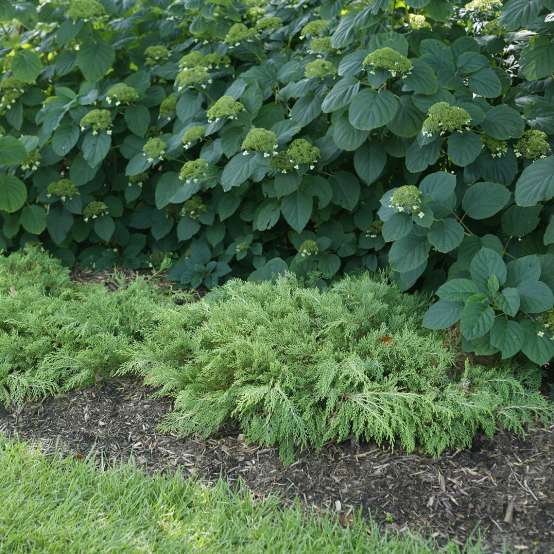Clicking the following controls will change the main image displayed above.
Meet the Breeder
Dr. John Ruter
WHIP IT GOOD®

Aborvitae
Thuja occidentalis
'RutThu2'
PP#35,030; CBRAF
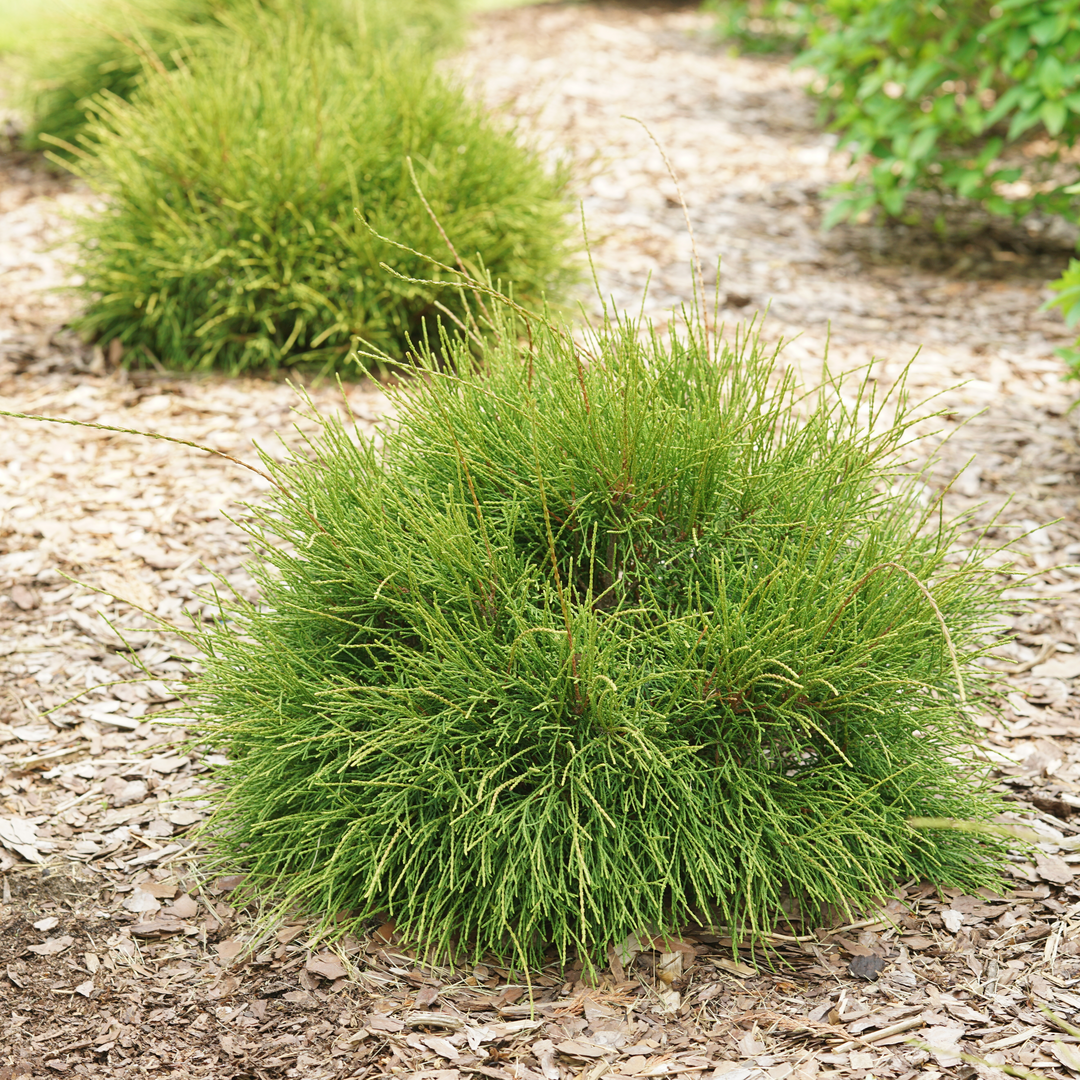
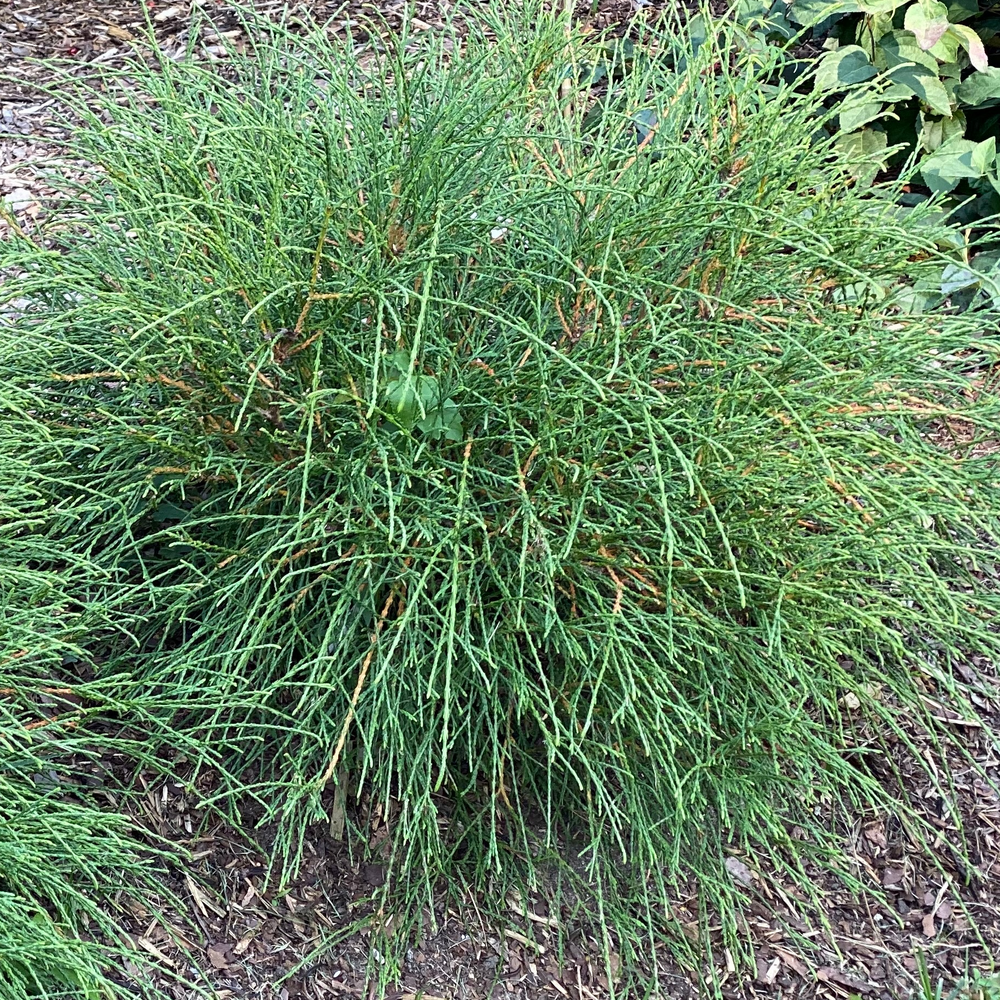
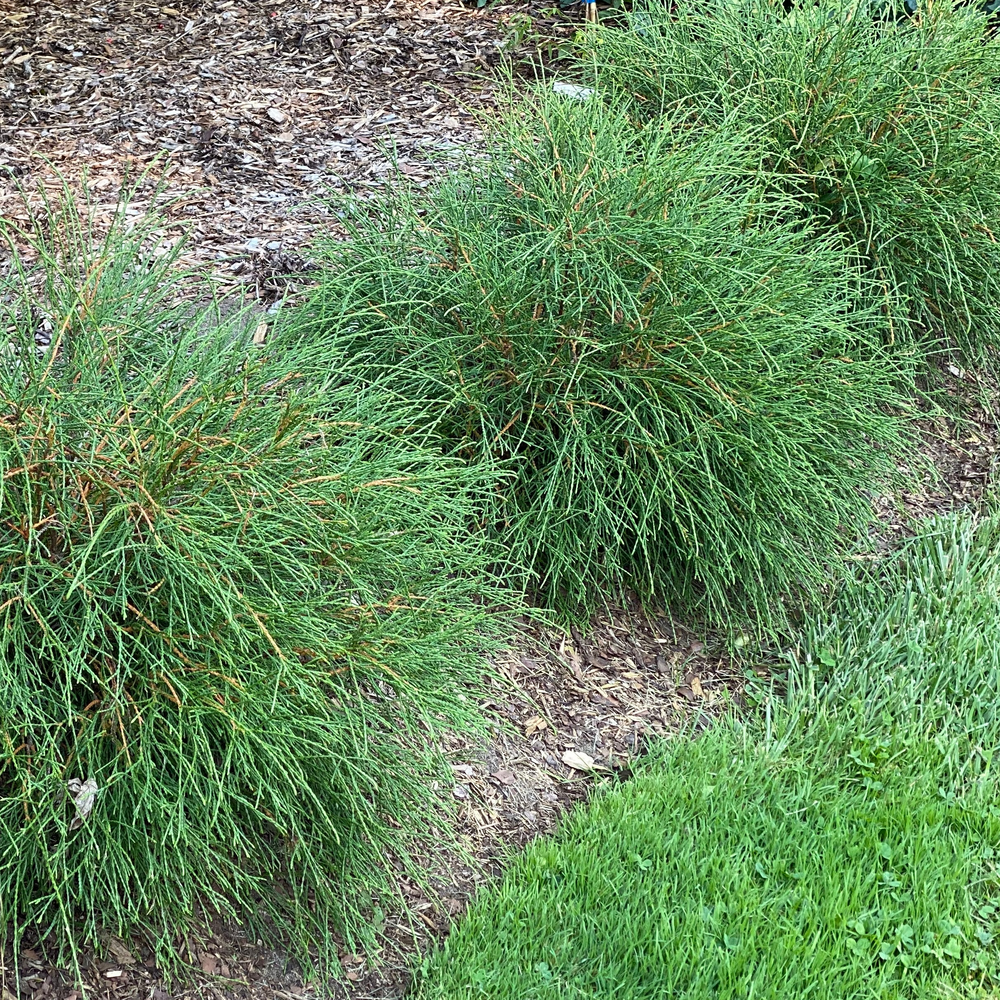
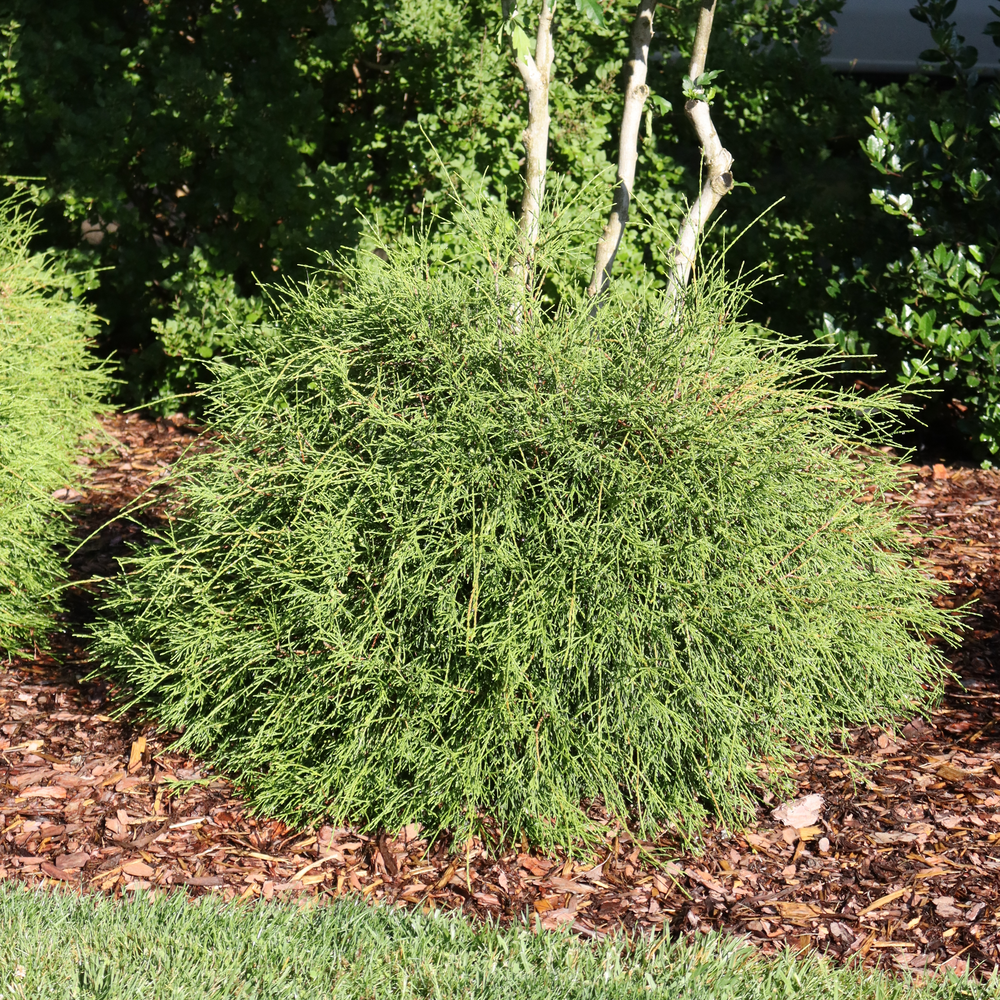
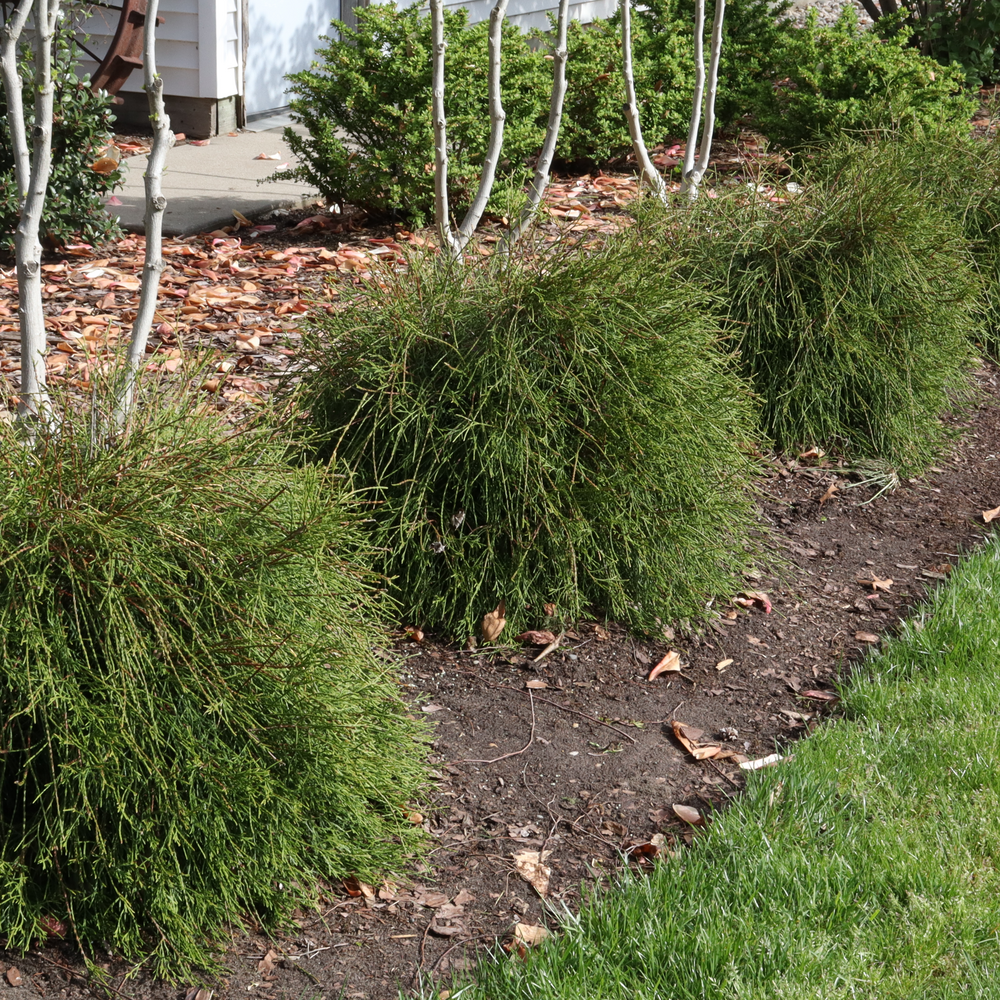
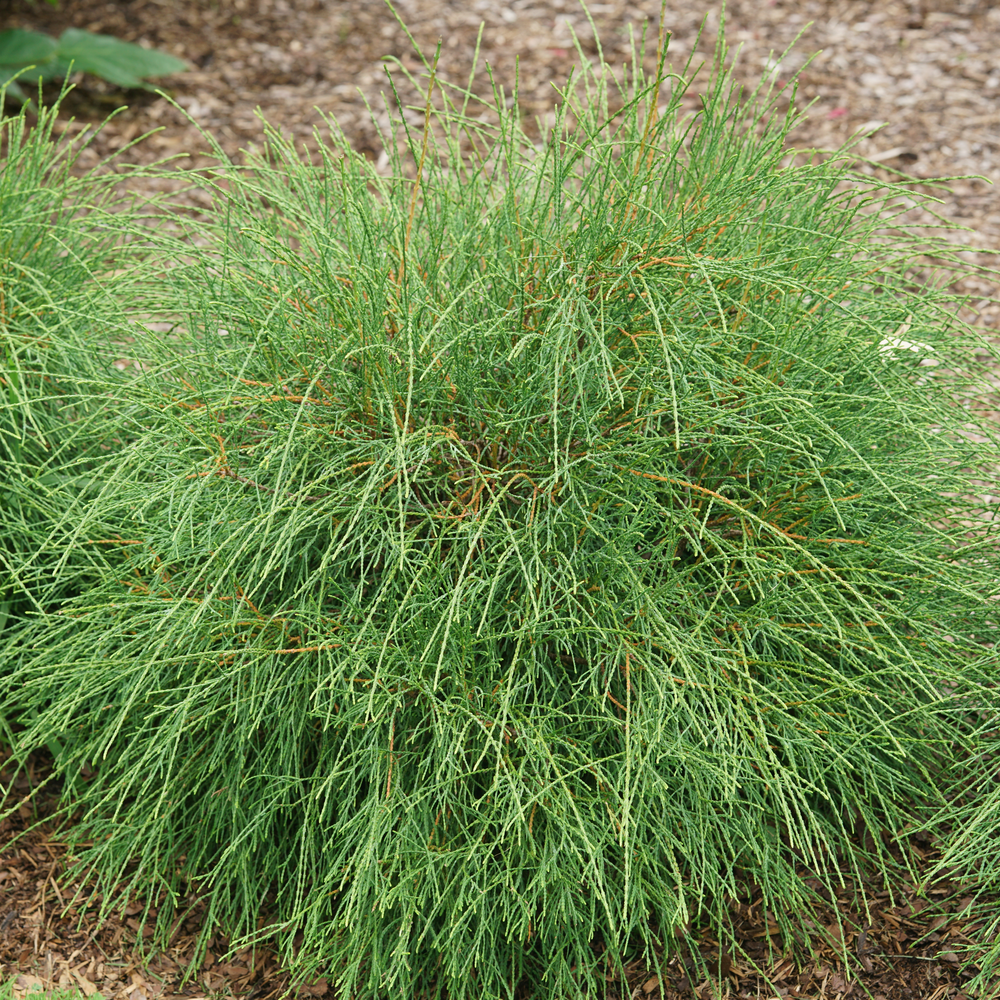
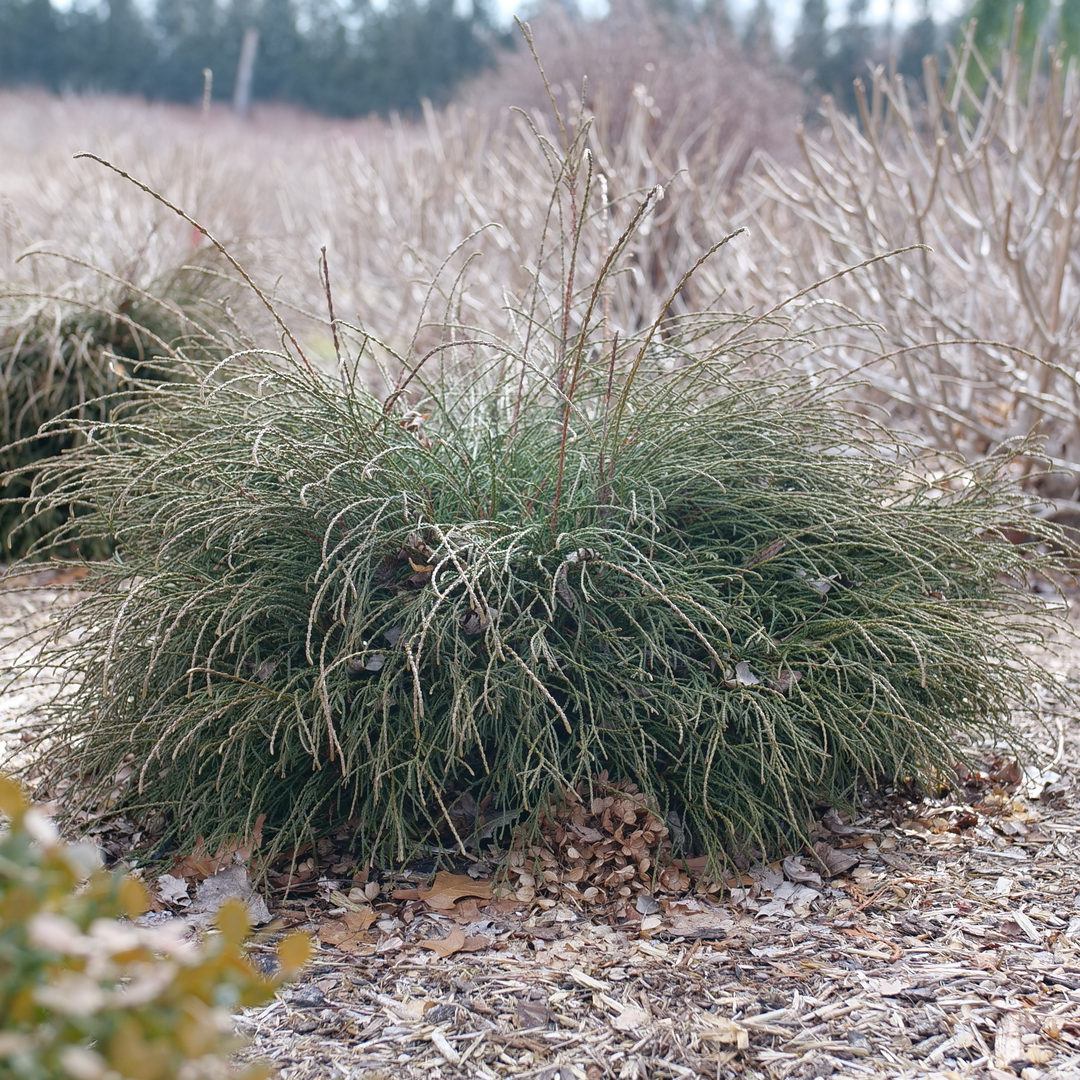
- Unique foliage
- Superior in production
- Irresistible appeal at retail
- Description
Interesting evergreens are as irresistible to plant geeks in the industry as they are to garden center shoppers, but they aren't always the easiest plant to produce - nor are they, necessarily, the handsomest in terms of container presentation. That's why we are thrilled to offer Whip It Good arborvitae (Thuja occidentalis), which is similar to the classic 'Whipcord' but improved in every way: its thread-like foliage is much longer and more dense, creating a far more appealing habit in the container and landscape. Best of all, it's fast-growing enough, and nice enough in a container, that growers can actually be profitable with it in production. An interesting and unexpected boxwood alternative that's also a landscape plant in its own right. Developed by the University of Georgia.
Preorder only - liners will ship in 2026.
- USDA Zone
- 3 - 7 (-40°F/-40°C)
- Exposure
- Full sun, Part sun
- Height
- 3-5'
- Width
- 3-5'
- Type
- Evergreen
- Flower Color
- Foliage Color
- Green
- Liner Sizes
- 2 1/4", 4", Quick Turn
General Care
Soil
Adaptable in terms of pH; best growth is in moderately moist, cool, fertile soils.Pruning
Does not strictly require pruning, though it does tolerate it well. Prune in spring before new growth begins.Uses
Hedges; screening; mixed borders; foundation plantings; specimen.Growing Tips
Tolerates heat and drought once established. Keep watered after pruning to minimize browning; this is also an effective strategy to minimize winter damage to foliage in cold areas.Features: Evergreen, Compact, Alkaline soil, Clay soil, Native, Winter interest
Filters: Botanical genus: Thuja, Common name: Aborvitae, Retail program: Proven Winners® ColorChoice®, USDA Zone 3, USDA Zone 4, USDA Zone 5, USDA Zone 6, USDA Zone 7, Exposure: Full sun, Exposure: Part sun, Green foliage
Features: Evergreen, Compact, Alkaline soil, Clay soil, Native, Winter interest
Filters: Botanical genus: Thuja, Common name: Aborvitae, Retail program: Proven Winners® ColorChoice®, USDA Zone 3, USDA Zone 4, USDA Zone 5, USDA Zone 6, USDA Zone 7, Exposure: Full sun, Exposure: Part sun, Green foliage

